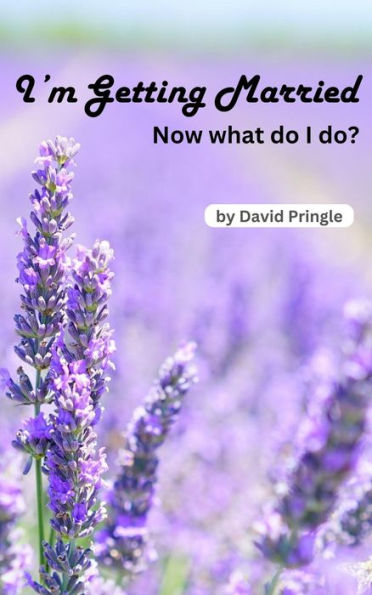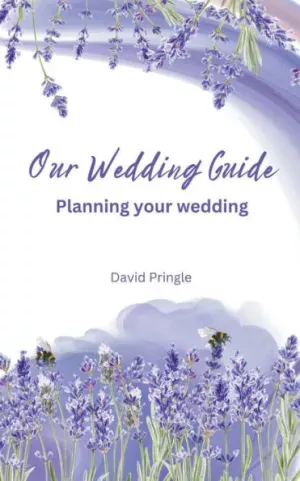If you click on links we provide, we may receive compensation.
Wedding Dress Codes
Wedding dress codes will be influenced by the venue, wedding theme, and color choices you make. Therefore this section will reference more than just wedding dress codes.
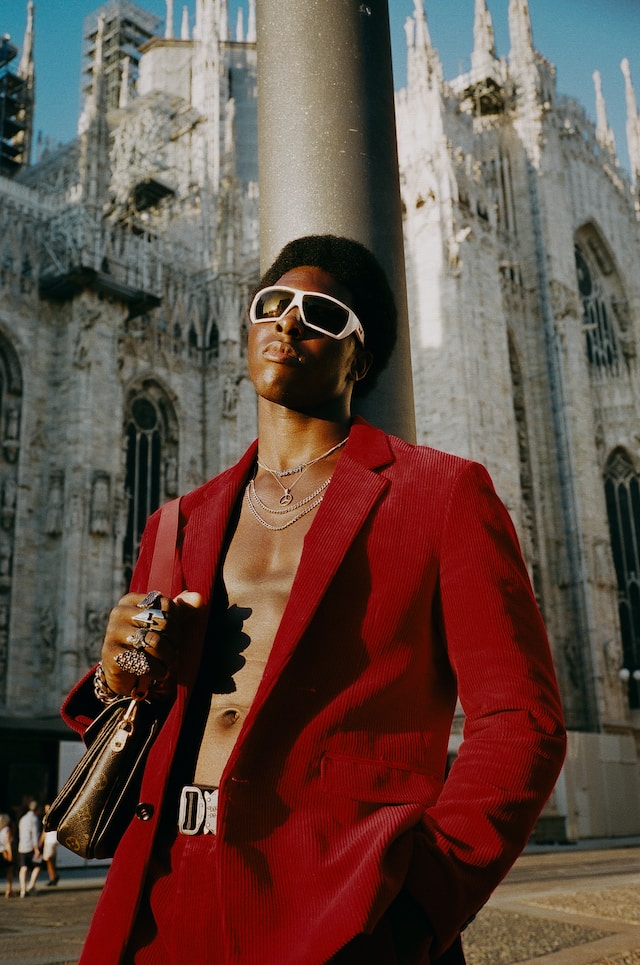
How people dress for any occasion has become more relaxed. It has also become more complicated. There are now such categories as casual, dressy casual, smart dressy, business casual, festive attire, white tie, black tie, and even black tie optional.
Wedding Dress Codes Defined
Casual Dress
Informal clothing with an emphasis on comfort is considered casual attire. Clothing still needs to be clean, neat, and professional, rather than ripped, revealing, or what would be considered traditional “work clothes”, such as one would wear when weeding the garden. It is best to gravitate to casual wear that leans to the dressier side and avoid the baggier, unpressed garments that you might slip on on a lazy Saturday morning around the house. Jeans may be ok, but it is usually specified if jeans are ok.
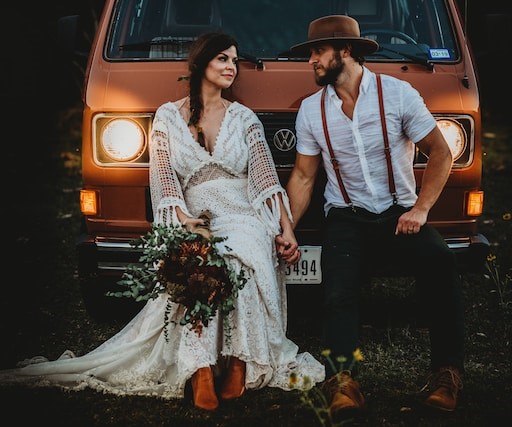
When in doubt it is best to gravitate to casual wear that leans to the dressier side. Avoid the baggier, unpressed garments that you might slip into on a lazy Saturday morning around the house. There is a great deal of leeway when it comes to interpreting casual attire.
Jeans may be ok, but it is usually specified if jeans are ok.
|
Women |
Men |
|
|
Dressy Casual

A dressy casual dress code is casual but on the higher end.
Clothing should be neatly pressed and in good taste.
In other words, if you are wondering if your selection would be appropriate for dressy casual, it probably isn’t.
Short sleeves, loose tie, and sweaters all give the appearance of casual, but with class.
Women have much more flexibility and options.
|
Women |
Men |
|
|
Business Casual and Business Attire
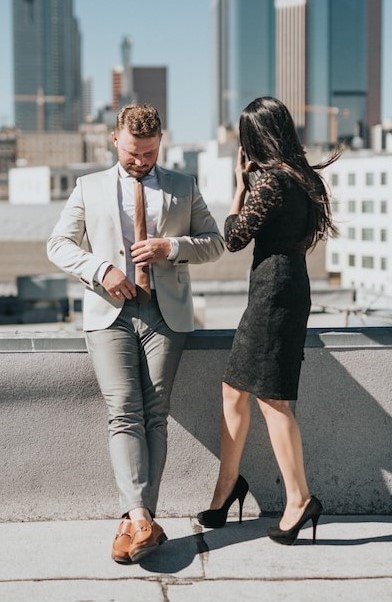
Business casual attire is vague and subject to interpretation. For men, it generally means the same as business attire without the tie.
For women, business casual attire would mean dress slacks instead of a skirt or dress, coordinates. It would primarily mean wearing something other than a business suit.
It would be best to avoid khakis, polo shirts, and definitely jeans for casual business attire.
Business attire for men means wearing a business suit or coordinates along with a tie. For women, it means wearing a dress, a business suit with a skirt or pants, or very dressy coordinates perhaps with a jacket.
|
Women |
Men |
|
|
Semi-formal
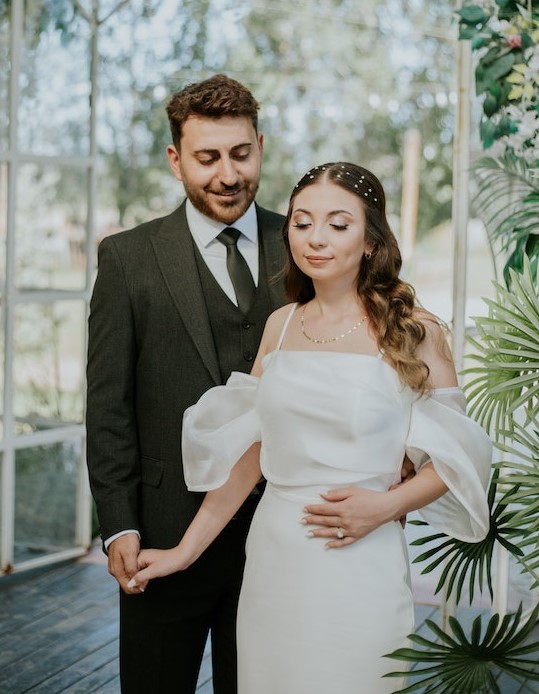
A semi-formal dress code indicates that you should dress a bit better than what you would wear to the office or a business meeting, but less formal than what you would wear to a formal event such as a banquet. Something short of a tuxedo would be appropriate. The lines are very blurred when it comes to women. Anything from a cocktail dress to a less elaborate gown could be semi-formal.
Time of day matters. The later in the day, the more you should lean toward formality.
|
Women |
Men |
|
|
Formal
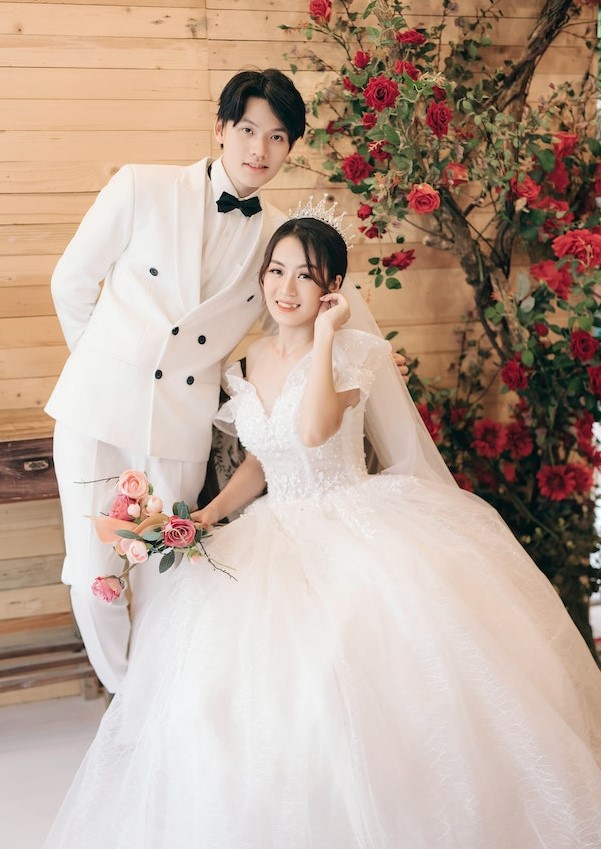
Formal attire is characterized by a suit for men and a gown or cocktail dress for women.
While variations of white are considered formal for men, it is also true, that the darker the suit, the more formal the dress.
Depending on the season, color variations may be in order, particularly for women.
Accessories should be conservative and should not take the focus.
|
Women |
Men |
|
|
Black Tie
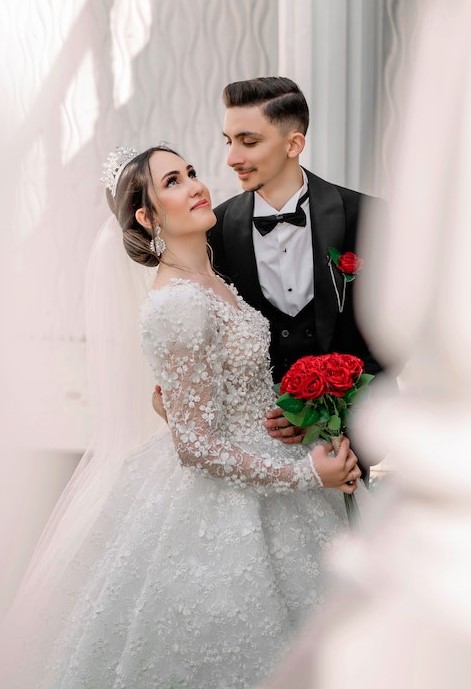
Black tie attire usually means a tuxedo for men and a gown for women.
Black tie is very formal but white tie is the most formal dress possible.
Black tie is a common dress code for events such as weddings, proms, galas, high-end live theater, and upscale fundraisers.
It is now common for women to wear cocktail dresses rather than a long gown as part of black tie dress code. While less common, and perhaps frowned upon, in the spirit of equality men have the option of wearing a dark business suit rather than a tuxedo.
|
Women |
Men |
|
|
Creative Black Tie
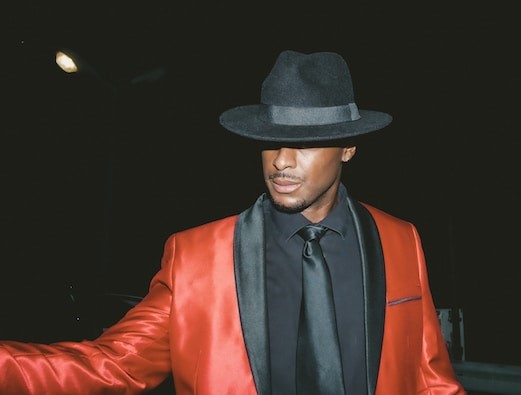
Creative black tie is black tie with a flair for variations, a measure of personalization, and creativity.
It maintains black tie formality but allows for the use of textures, colors, and accessories to personalize your look.
This mostly applies to men's attire as women already have this flexibility in black tie attire.
|
Women |
Men |
|
|
White Tie
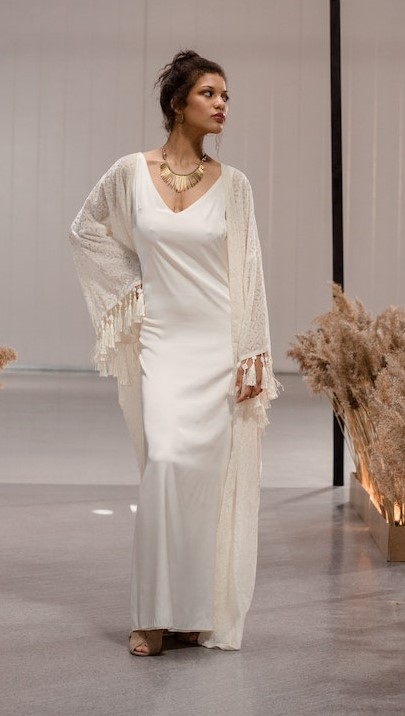
White tie, or “full evening dress”, is the most formal of all dress codes. Events that would require white tie attire are the most formal political, royal, or philanthropic type functions.
Guests are typical of a high social or political standing. An “all out” very formal, traditional wedding could call for a white tie dress code.
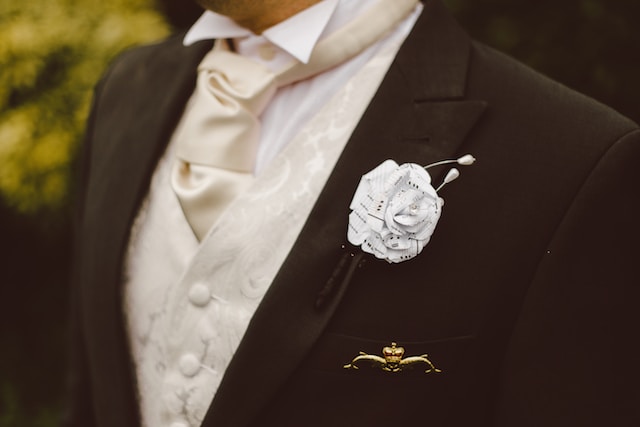
|
Women |
Men |
|
|
How do wedding themes and colors impact wedding dress codes?
The wedding theme and color choices are two elements that impact wedding wedding dress codes. When it comes to wedding attire, the following considerations provide guidelines. While your wedding attire color choice may be seasonally related, those color choices absolutely need to be aligned with the venue and theme of your wedding.
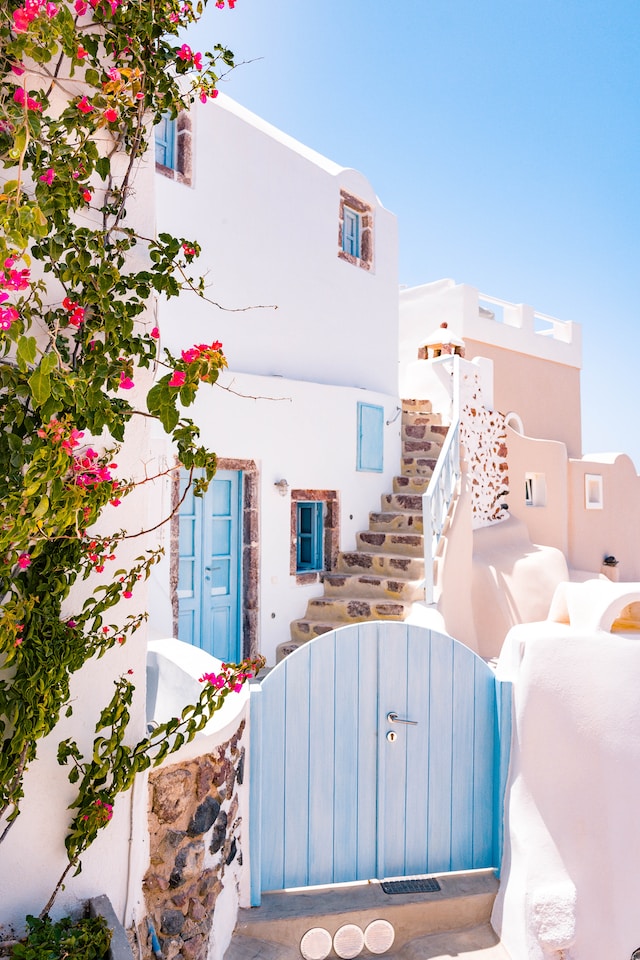
As far as wedding dress codes are concerned, primarily you will be determining if the wedding party attire will be dressy casual, semi-formal, formal, black tie or white tie. The following suggests which wedding theme best pairs with each dress code.
|
Wedding Theme |
Dress Code |
|
Traditional Wedding |
|
|
Fairytale Wedding |
|
|
Romantic Wedding |
|
|
Modern Wedding |
|
|
Vintage Wedding |
|
|
Country Wedding |
|
|
Eclectic Wedding |
|
|
Destination Wedding |
|
Styles and Trends
Creativity and individuality have replaced uniformity and conforming to traditional norms. What a relief! You are free to shape your wedding attire and select or modify wedding dress codes in a way that reflects your personality and preferences rather than sticking to social norms and expectations.
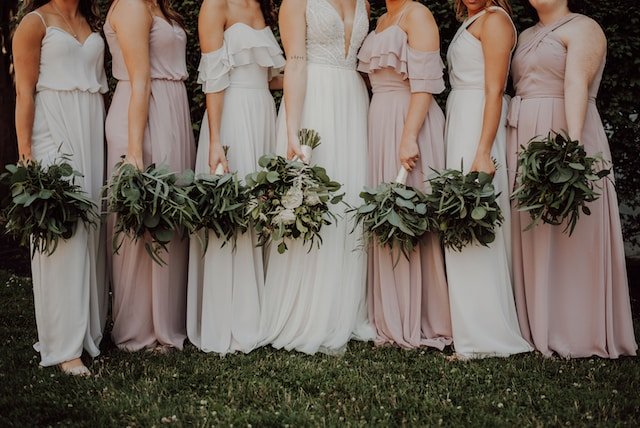
Wedding party dresses do not need to match in design and style, but it is best if the colors are complimentary or even consistent. A confetti look might not be preferred. Attire for men is easier as well as more complicated. Different style tuxedos for members of the wedding party would look odd, as would different colored suits. More variation in style and color could be adopted depending on the degree of formality of the wedding. Seasonal weddings, outdoor settings, and other factors can determine if male members of the wedding party would be dressed in black, white, or tan, etc., with or sans ties.
How to Choose Your Wedding Colors
Color communicates mood and emotion. The color palette that you choose for your wedding sets the tone for your wedding. This tone reflects you and your relationship. Carry your color theme in some way through every element of your wedding. This means your invitations, attire, decor, flowers, rehearsal party, wedding ceremony, reception, wedding party gifts, and guest thank-you notes will each reflect some element of your color palette.
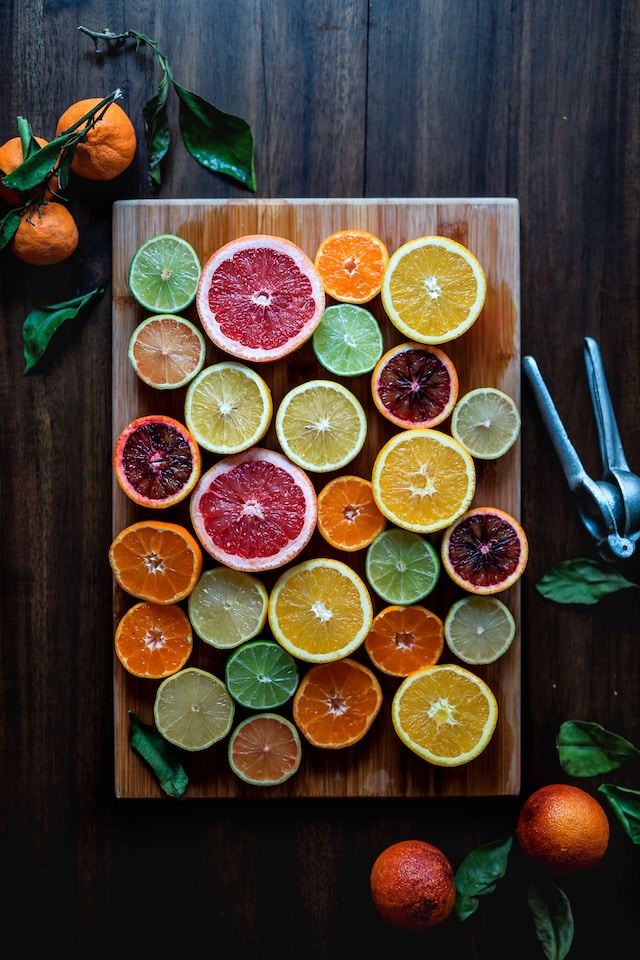
THE FOUR SEASONS
Wedding dress codes will be influenced if choosing your wedding theme based on seasonal considerations. Having said that, all wedding dress codes are appropriate for any season, and any color scheme.
Winter Wedding Colors
Think of hot cocoa or cider, a crackling fireplace, freshly fallen snow against a bright blue or silky gray sky. Envision the contrast of clear bright colors against a blank canvas of soft shades of white. These winter images remind us of being together, cuddling, and romance. It is consistent that Christmas, New Year, and Valentine's Day all fall within the winter season. These are times that celebrate relationships, and the joy of being together. While not the most popular season for a wedding, winter brings opportunities of expression that are unique and cannot be duplicated in other seasons.
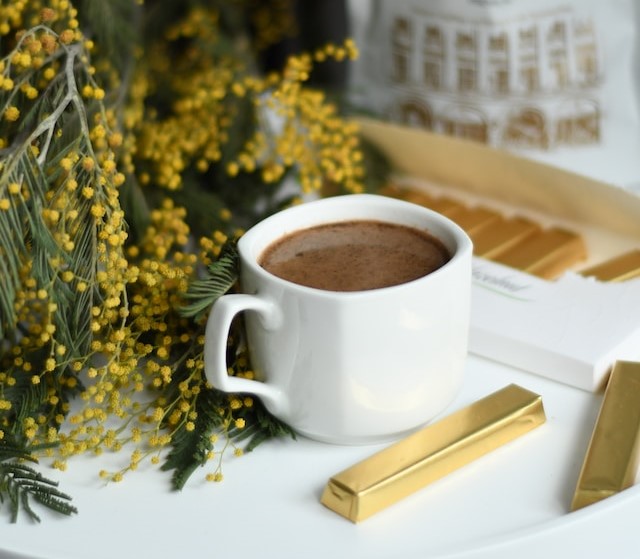
A traditional and elegant winter theme is of course black and white. Without much hesitation, this brings to mind black tie attire with tuxedos and tails, long black gowns, white muffs (manchon in French, mouffe in Flemish, and manicone in Italian), stoles or gloves, hats or ear warmers, with accessories of silver. Black can be varied by using lighter or deeper shades of gray, or hues of winter blue. There is also something magical about an all-white winter wedding with the clothes, table settings, flowers, chair coverings, and accessories all being monochromatic winter white. This is particularly stunning if candles, twinkle lights, and glowing chandeliers are used to create a warm ambiance.
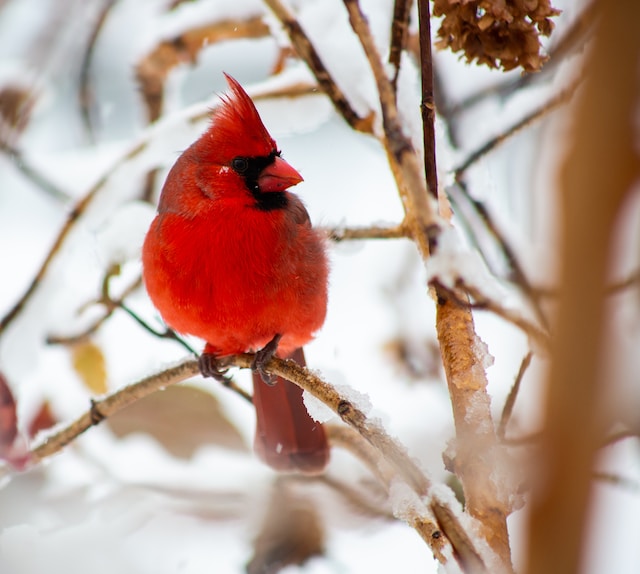
Rich, deep, gemstone tones are in order. Hues of emeralds, rubies, and sapphires are striking. For a more subtle look, but just as elegant, use pearls. Pick up on the mystical ambiance that pearls create by using a cream or ivory palette. Any of these manifest a mood that is perfect for a winter wedding. While winter holiday colors are fun, for your wedding, the impact is retracted if one uses the traditional reds and greens associated with specific winter holiday celebrations. You may not want your wedding to look like Christmas past.
Spring Wedding Colors
Spring is a refreshing, cleansing, life-giving season. Spring rains bring about new growth and renewal typical of fragile fragrances and delicate pastels that sometimes have a translucent appeal. Think of the scent of rosemary, sage, thyme, basil and parsley. These are spring herbs that complement the fresh nature of spring. They may spark a nuance of color, and they can be included in floral arrangements, and table accessories, and used as accent pieces that are pleasing to the senses.
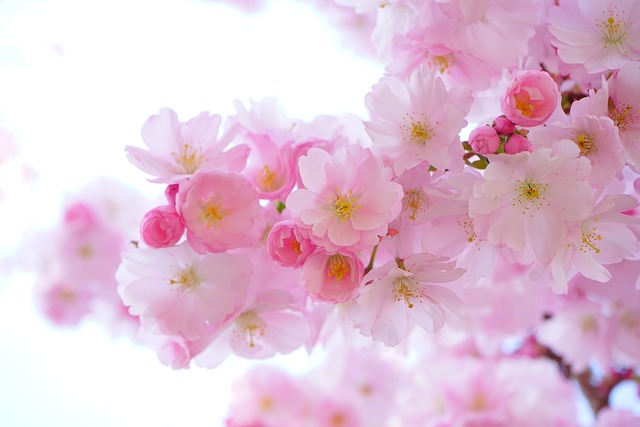
Summer Wedding Colors
Nature takes the pastel, soft colors of spring and strengthens them in summer. Any spring pastel that comes to mind moves to a more vibrant presentation in a summer palette.
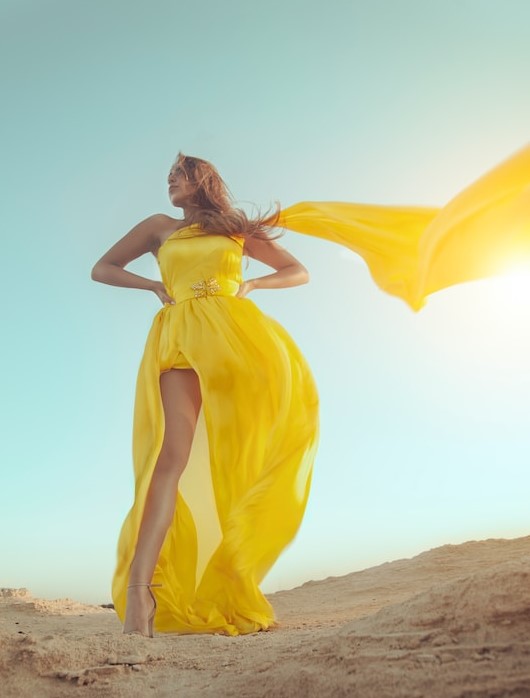
Summer brings to mind the outdoors, beaches, gardens, and mountain-themed weddings. The deep green hues of vegetation, bright sunny days, colorful gardens in full bloom, and blue water suggest using shades of green, yellow, orange, violet, and blue offset by pastels of the same or a complementary color.
Visit a botanical garden, a vegetable street market, or go on a hiking trail.
These outdoor summer environments will spark color tones that you may not have considered. Mother nature is amazing at suggesting complimentary colors and shades that we might otherwise be precluded from our imagination.
Fall Wedding Colors
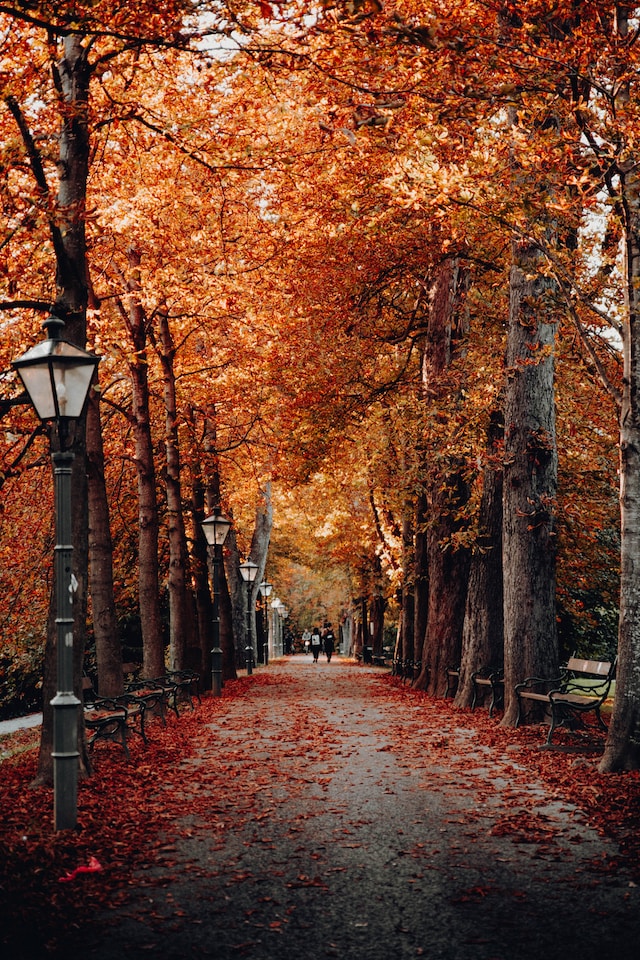
Fall may be the color theme that most easily comes to mind. Nature again suggests that creation has moved to its fullest and richest state of being.
This richness comes with the warm and obvious bright and muted colors of burgundy red and merlo-toned maroon, burnt orange and rust, golden yellow, muted greenery, and mocha and caramel-infused earth tones. Dark gray and industrial blue are fall colors less in the forefront of one’s mind, but equally worthy of consideration.
It is in the hue and saturation of color that brings out the distinctive beauty of autumn. There needs to be little encouragement to go for a walk in the fall. Such a source of inspiration is unparalleled.
How to pick your Wedding Colors
One of the reasons your wedding venue, wedding theme, and color scheme are important is because they will have a direct influence on your wedding dress codes and your wedding attire decisions.
Your venue, wedding theme, and color scheme work together. Your venue for both the wedding ceremony and reception will give voice to the theme and color palette that you choose for your wedding.
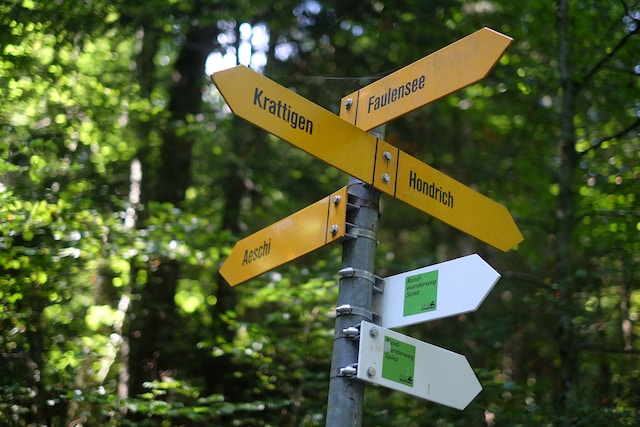
Determine which is most important, your wedding venue, your wedding theme, or your wedding color scheme. If a specific wedding venue is the priority, if possible, you need to visit the venue personally to determine the alignment of the venue with your wedding theme and color scheme. This is important as some venues will not be conducive to some wedding themes. It is ideal if all three elements complementary align and are not competitive or restrictive of one another.
As an example, a beach or botanical location for the wedding would not be the best option for a country wedding theme with fall colors. Likewise, a country or industrial-themed wedding held in a barn or warehouse would be a venue stretch for a traditional, elegant-themed wedding with soft spring pastels as the color scheme.
The wedding venue decision tool will help you determine your priorities concerning the venue, the theme of your wedding, and your color scheme.
- Select your first priority from the Priority 1 column. You have three choices that include Venue, Theme of Wedding, and Color Scheme
- Select your second priority from the Priority 2 column. You will have two choices.
- After you have determined Priority 2, your third priority is already selected. Simply look to the right in the Priority 3 column to reveal your third priority. There you have it, your three selections in priority order.
|
Priority 1 |
Priority 2 |
Priority 3 |
|
Venue |
Theme of Wedding |
Color Scheme |
|
Venue |
Color Scheme |
Theme of Wedding |
|
Theme of Wedding |
Venue |
Color Scheme |
|
Theme of Wedding |
Color Scheme |
Venue |
|
Color Scheme |
Theme of Wedding |
Venue |
|
Color Scheme |
Venue |
Theme of Wedding |
